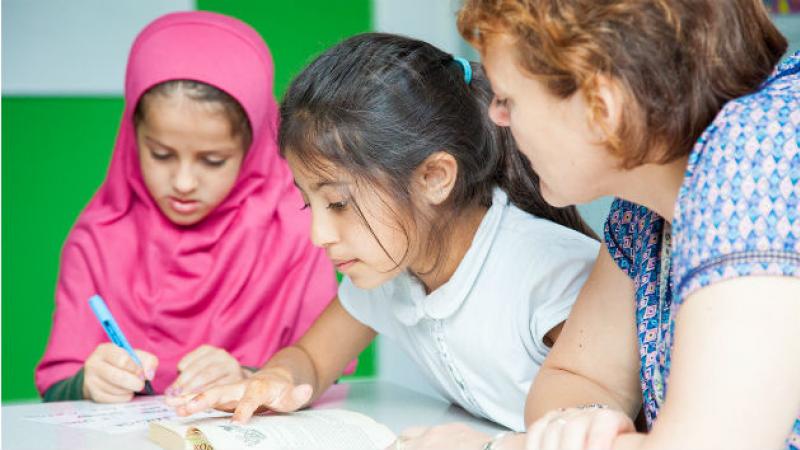
The framework was designed with the deliberate intention of replacing existing assessment materials for second language young learners (L2 YL). Materials at the time focussed on older learners, topic vocabulary, grammar and lacked a reliable standardised measure. There was sparse consideration of the specific holistic skills that young learners (age 3-12) needed to become proficient in language and literacy.
Research available at the time recognised that a level of proficiency in L1 supported L2 learning, ‘Research indicates fluency and proficiency in mother tongue scaffolds the development of other languages and therefore it is important to ensure that children are proficient in their first language before adding another language.’ (Murphy, 2014 pg. 127) Assessment frameworks published at the time did not reflect this, whereas this framework was designed to consider skills that YL require to develop linguistic and literacy competencies in any language.
As Mina Patel, in a recent British Council Voices magazine stated, ‘Assessment needs to be more creative and innovative to develop and measure individuals more holistically.’ Here an assessment framework for young learners of English as a second language (L2 YL). It describes the development of skills in language and literacy. It creatively and uniquely combines materials used in assessing English as additional language learners (EAL) and (L1) English language learners in UK primary schools.
The unique difference of the assessment framework design is that it is based upon two assumptions: that L2YL aspire to become as proficient as a first language speaker of a similar age, and secondly that being able to accurately benchmark a L2 student’s ability against the proficiency of a L1YL is useful.
Therefore, the framework uses as a measure, the age-related expectations in skill development of L1 YL’s. These are defined in the materials published by the UK DfE on early years outcomes and national curriculum attainment descriptors. Although it is not difficult to discover. Experienced teachers can describe at length the differences in the expected outcomes in speaking, listening, reading and writing for a student aged 5, a student aged 7, and a student aged 9.